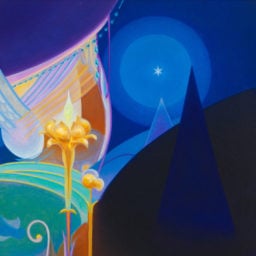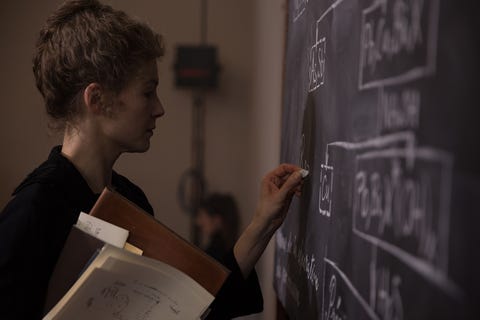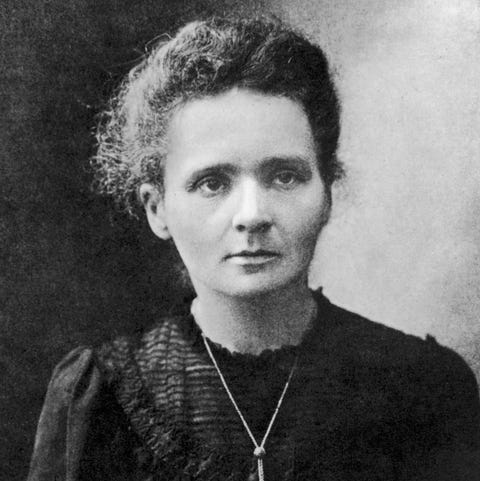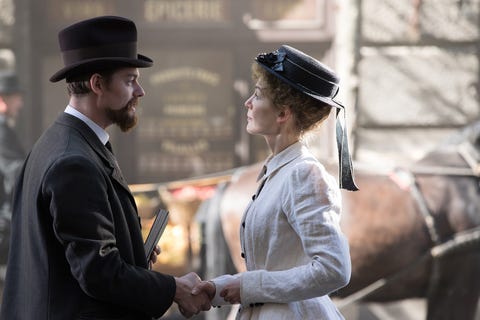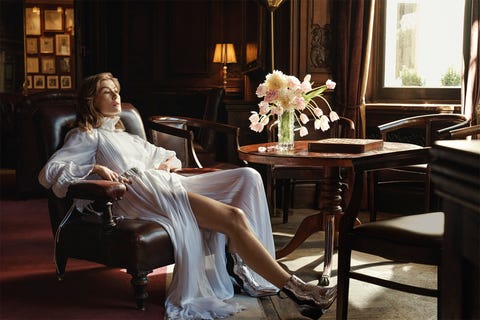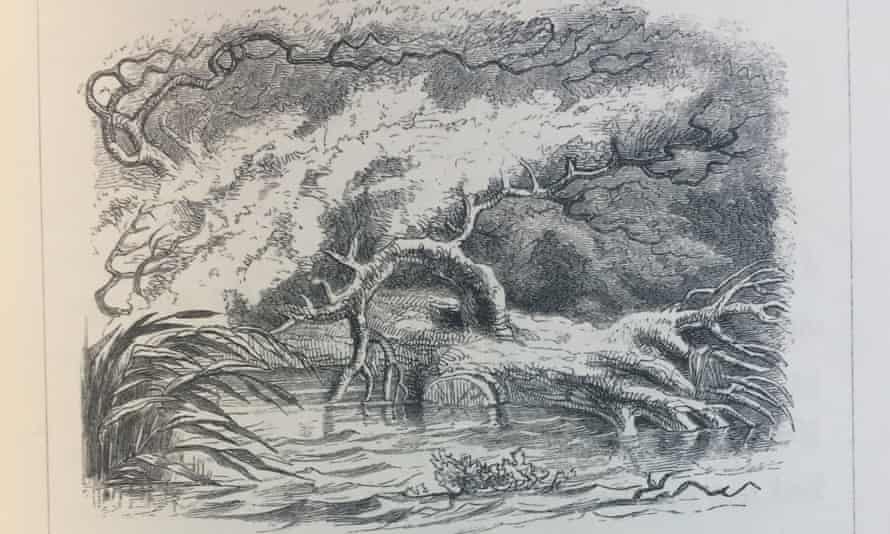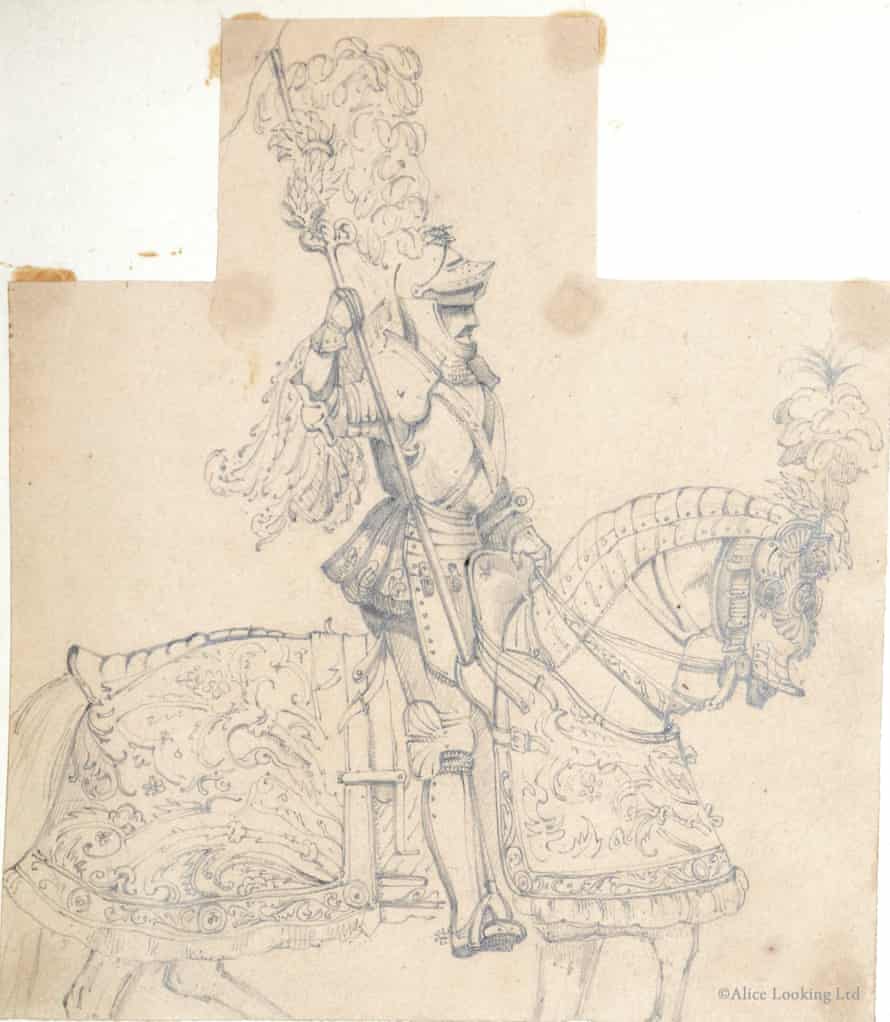A New Hilma af Klint Documentary Traces the Extraordinary True Story of the Mystical Artist Who Invented Abstract Painting—Watch the Trailer Here
The film debuts on April 17.
Sarah Cascone, April 13, 2020
The film debuts on April 17.
Sarah Cascone, April 13, 2020
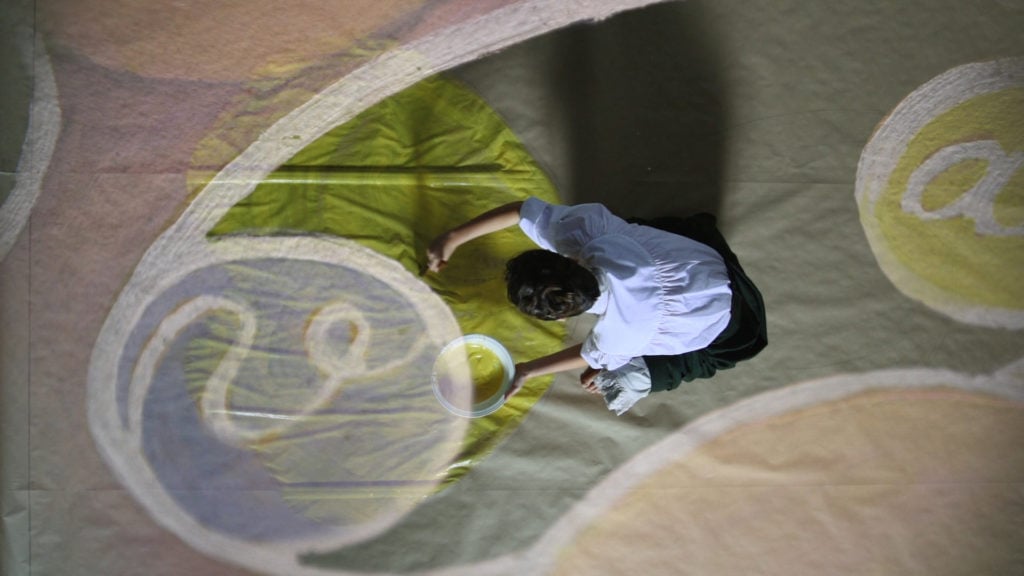
A scene in Beyond the Visible, a film by Halina Dyrschka. Courtesy of Kino Lorber.
The visionary Swedish artist Hilma af Klint (1862–1944) was a pioneering abstract painter, but her place in the art history books is only now being assured. The first major step in cementing her legacy was the blockbuster 2019 exhibition at the Guggenheim in New York, and now, a new documentary film coming out this week, Beyond the Visible: Hilma af Klint, is the latest attempt to chronicle her contributions to abstract art.
Hilma af Klint began creating her colorful, spiritually guided canvases in 1906—five years before Wassily Kandinsky made his first abstract work—yet she was all but forgotten after her death. That was partly by her own design—her will prohibited the exhibition of her work for decades—but it is also symptomatic of larger tendency in art history to under-recognize the accomplishments of women artists.
In this case, neglecting to acknowledge the primacy of af Klint is a massive omission from perhaps the most important artistic development of the 20th century.
“If you compare her to the supposed genius men, their steps toward abstraction were very timid,” says artist Josiah McElheny in the film’s trailer. “In order to tell the history of abstraction, now you have to rewrite it, because basically all the people who said ‘it happened in this year,’ well no, it didn’t.” (In 2011, McElheny incorporated historical works by artists including Klint into his solo show at Stockholm’s Moderna Museet.)
The visionary Swedish artist Hilma af Klint (1862–1944) was a pioneering abstract painter, but her place in the art history books is only now being assured. The first major step in cementing her legacy was the blockbuster 2019 exhibition at the Guggenheim in New York, and now, a new documentary film coming out this week, Beyond the Visible: Hilma af Klint, is the latest attempt to chronicle her contributions to abstract art.
Hilma af Klint began creating her colorful, spiritually guided canvases in 1906—five years before Wassily Kandinsky made his first abstract work—yet she was all but forgotten after her death. That was partly by her own design—her will prohibited the exhibition of her work for decades—but it is also symptomatic of larger tendency in art history to under-recognize the accomplishments of women artists.
In this case, neglecting to acknowledge the primacy of af Klint is a massive omission from perhaps the most important artistic development of the 20th century.
“If you compare her to the supposed genius men, their steps toward abstraction were very timid,” says artist Josiah McElheny in the film’s trailer. “In order to tell the history of abstraction, now you have to rewrite it, because basically all the people who said ‘it happened in this year,’ well no, it didn’t.” (In 2011, McElheny incorporated historical works by artists including Klint into his solo show at Stockholm’s Moderna Museet.)
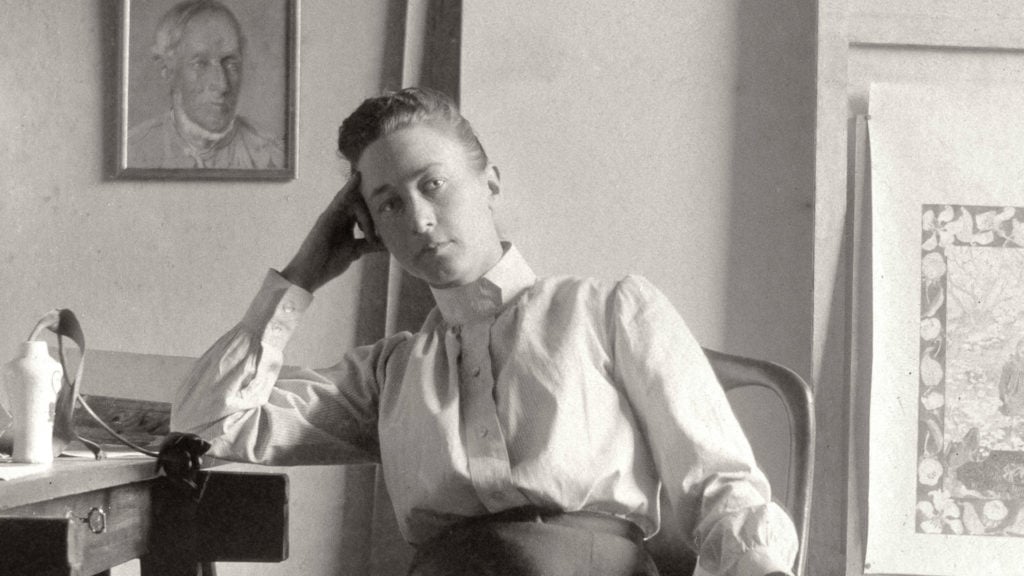
Hilma af Klint, as seen in Beyond the Visible, a film by Halina Dyrschka.
The film’s director, Halina Dyrschka, first discovered af Klint in 2013, in a newspaper article about the exhibition “Hilma af Klint: A Pioneer of Abstraction,” which originated at the Museum of Modern Art in Stockholm. Dyrschka saw the show when it traveled to Berlin, and was blown away by the artist’s work.
“I almost felt personally insulted when I read that this was a new discovery and the paintings have been hidden for decades,” she said in a statement. “Who would be interested in marginalizing this artist’s accomplishments? And why?”
What Dyrschka found was that the art establishment has long been content with a male-dominated narrative that overlooked a pioneering woman artist. As recently as 2013, a show at New York’s Museum of Modern Art titled “Inventing Abstraction: 1910–1925” deigned even a mention of af Klint.
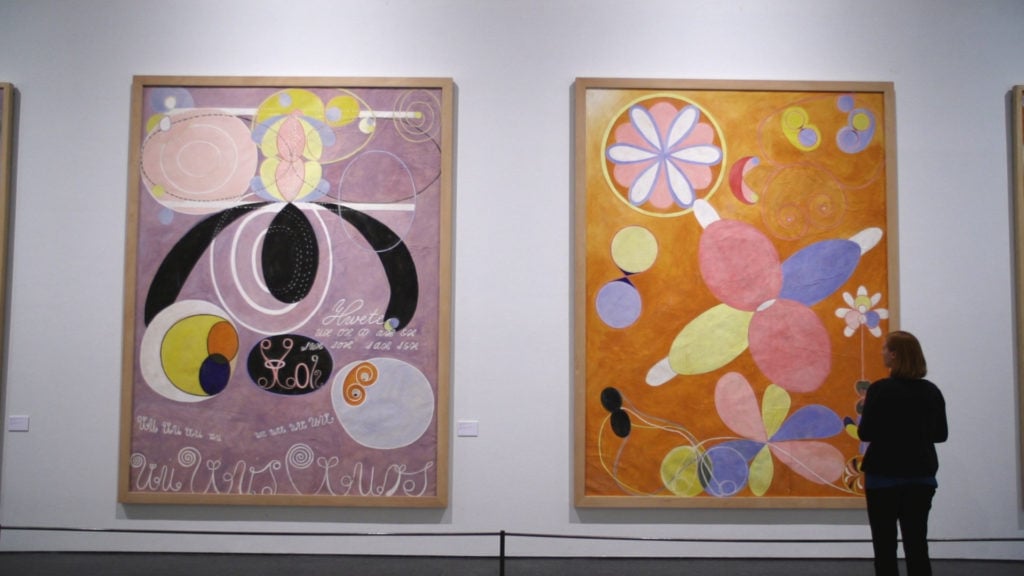
A scene in Beyond the Visible, a film by Halina Dyrschka.
“Hilma af Klint would cause such an upheaval in art history, that some would say ‘It’s better to leave her outside,'” says art critic and historian Julia Voss in the movie’s trailer.
And yet, the rediscovery of af Klint’s work has been hailed around the world, her practice resonating with audiences and breaking attendance records at the Guggenheim. Now, her journey of rediscovery can be followed in film form, accessed online via theaters across the country beginning April 17.
“It is more than time,” said Dyrschka, “to tell the untold heroine stories.”
See the film’s trailer below.
Here’s How the Hilma af Klint Show Played Perfectly Into the Current Zeitgeist to Become the Guggenheim’s Most-Visited Exhibition Ever
The show made history with more than 600,000 visitors.
Ben Davis, April 19, 2019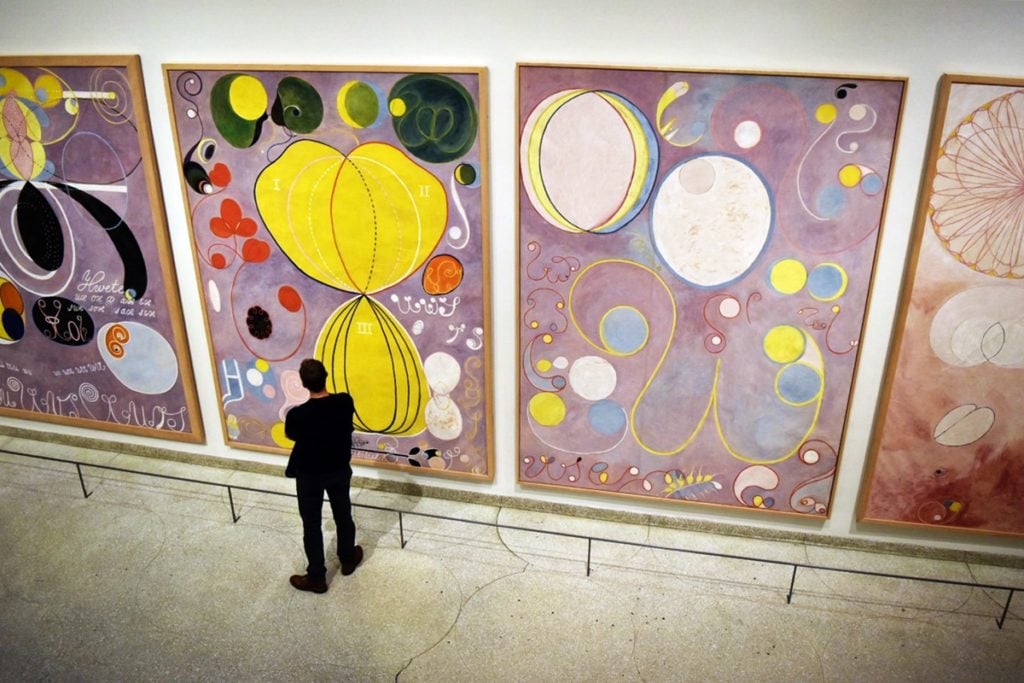
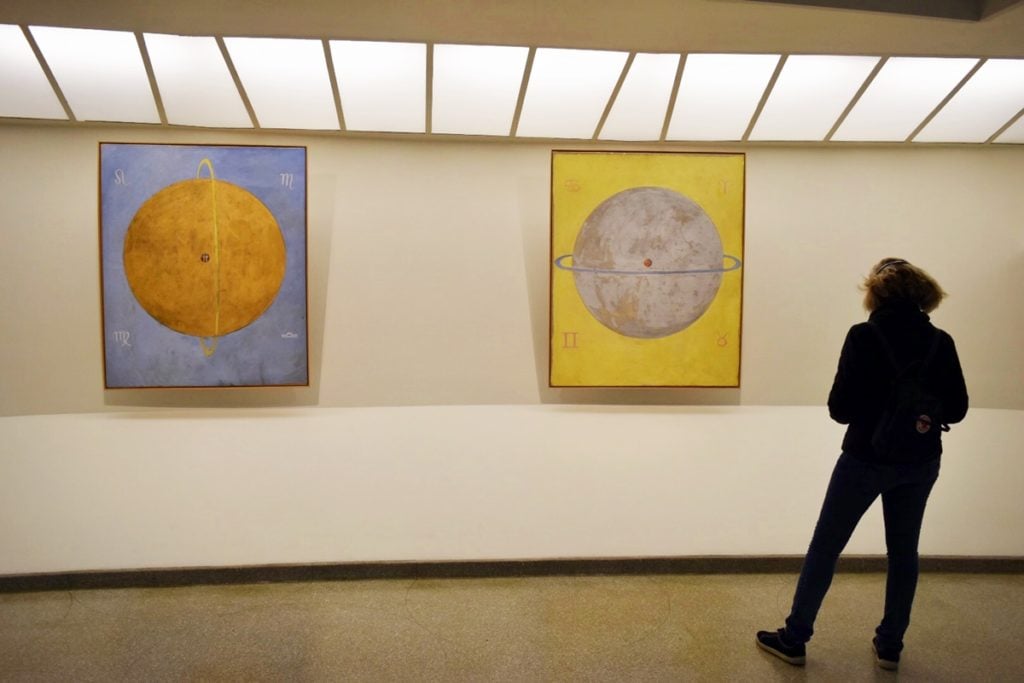
Installation view of Hilma af Klint’s “The Dove” paintings. Image courtesy Ben Davis.
The artist’s work is resonant with the long-celebrated styles of more famous male artists like Wassily Kandinsky and Piet Mondrian, but also stemmed from female-centered spiritualist spaces. The show thus reads as a satisfying feminist expansion of the art canon. In some ways, the unexpected drawing power of “Paintings for the Future” feels like the museum blockbuster equivalent of recent movie blockbusters like Wonder Woman, Black Panther, and Crazy Rich Asians. Like them, its commercial and critical success will almost certainly inspire new directions for future programming.
The af Klint show has also benefited from its connections beyond the typical art audience. Witchcraft has been trending in popular culture in recent years. The Swedish artist may not have been widely taught in art history courses, but her work has a large presence in contemporary occult communities (in the 2016 indie film Personal Shopper, Kristen Stewart’s character discovers af Klint’s paintings, inspiring her to attempt to communicate with her dead brother). During the Guggenheim show, devotees have even offered free “psychic tours” where visitors are taught to “practice receiving spirit messages through select paintings as a group.”
Attempts by the likes of Sephora and Urban Outfitters to cash in on the demand for witch-themed lifestyle products have provoked backlash. For its part, the Guggenheim eagerly took the opportunity to merchandise, with a very successful “Hilma af Klint Capsule Collection.” During the run of the show, af Klint-themed products have accounted for some 42 percent of sales at the Guggenheim store, according to the museum.
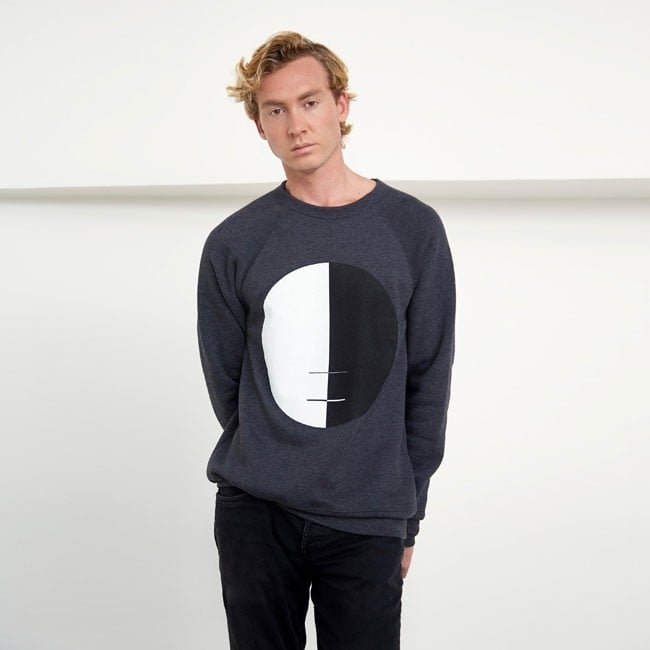
The “Buddha Pullover Sweatshirt, Grey with Black & White Circle,” on male model. Image courtesy Guggenheim Store.
Offerings range from a $42 Hilma af Klint Watch, featuring one of her circular, diagram-like black-and-white paintings; to a $310 hand-painted Eye Altarpiece; to the $360 cotton Hilma Radial Kimono.
The “Paintings for the Future” catalogue has also set a record, selling more than 30,000 copies. That total surpassed the previous record-holder, the 2009 catalogue for af Klint’s fellow spiritual-abstractionist, Kandinsky.
For the remainder of the show’s run, the Guggenheim has extended its hours until 8 p.m. to accommodate the crowds.
“Hilma af Klint: Paintings for the Future” is on view at the Solomon R. Guggenheim Museum, 1071 5th Avenue, New York, October 12, 2018–April 23, 2019.
Follow Artnet News
The show made history with more than 600,000 visitors.
Ben Davis, April 19, 2019

Installation view of Hilma af Klint's "The Ten Largest." Image courtesy of Ben Davis.
With four days to go until the closing of “Hilma af Klint: Paintings for the Future” at the Guggenheim, the New York museum has announced that the show has already become its most-attended exhibition of all time. More than 600,000 visitors have come to see the Tracey Bashkoff-curated survey of the Swedish mystic painter.
For comparison, last year’s Giacometti show at the Guggenheim drew half that number of visitors, according to the Art Newspaper, with a little over 314,000, a total that put it in the top 10 most-visited museum shows for the “Impressionist and Modern” category worldwide. To be fair, the Hilma af Klint blockbuster has had a much longer run (October to April, instead of Giacometti’s three-month June to September run). It has also benefited from the Guggenheim’s decision to throw its doors open seven days a week to celebrate its 60th anniversary at the beginning of 2019.
Still, the record-smashing attendance numbers are a remarkable feat for an artist who until very recently was an outsider to the mainstream canon of art. Just six years ago, af Klint’s prescient abstract art was not even mentioned in the Museum of Modern Art’s “Inventing Abstraction: 1910–1925.” So what accounts for the show’s popularity?
Af Klint’s lush, cryptic paintings have been almost universally praised by critics as a breath of fresh air. And, at a time when personal narrative is more important than ever in terms of how audiences engage with art, she also has a compelling biography (though the timeline of her life is, in truth, still filled with enigmas). Born in 1862, af Klint turned to spiritualism after the loss of her sister. Working with a group of women called the Five, she committed herself in near-secret to an epic cycle of mediumistically inspired abstract paintings—only to be nearly forgotten and then discovered by a new generation.
With four days to go until the closing of “Hilma af Klint: Paintings for the Future” at the Guggenheim, the New York museum has announced that the show has already become its most-attended exhibition of all time. More than 600,000 visitors have come to see the Tracey Bashkoff-curated survey of the Swedish mystic painter.
For comparison, last year’s Giacometti show at the Guggenheim drew half that number of visitors, according to the Art Newspaper, with a little over 314,000, a total that put it in the top 10 most-visited museum shows for the “Impressionist and Modern” category worldwide. To be fair, the Hilma af Klint blockbuster has had a much longer run (October to April, instead of Giacometti’s three-month June to September run). It has also benefited from the Guggenheim’s decision to throw its doors open seven days a week to celebrate its 60th anniversary at the beginning of 2019.
Still, the record-smashing attendance numbers are a remarkable feat for an artist who until very recently was an outsider to the mainstream canon of art. Just six years ago, af Klint’s prescient abstract art was not even mentioned in the Museum of Modern Art’s “Inventing Abstraction: 1910–1925.” So what accounts for the show’s popularity?
Af Klint’s lush, cryptic paintings have been almost universally praised by critics as a breath of fresh air. And, at a time when personal narrative is more important than ever in terms of how audiences engage with art, she also has a compelling biography (though the timeline of her life is, in truth, still filled with enigmas). Born in 1862, af Klint turned to spiritualism after the loss of her sister. Working with a group of women called the Five, she committed herself in near-secret to an epic cycle of mediumistically inspired abstract paintings—only to be nearly forgotten and then discovered by a new generation.

Installation view of Hilma af Klint’s “The Dove” paintings. Image courtesy Ben Davis.
The artist’s work is resonant with the long-celebrated styles of more famous male artists like Wassily Kandinsky and Piet Mondrian, but also stemmed from female-centered spiritualist spaces. The show thus reads as a satisfying feminist expansion of the art canon. In some ways, the unexpected drawing power of “Paintings for the Future” feels like the museum blockbuster equivalent of recent movie blockbusters like Wonder Woman, Black Panther, and Crazy Rich Asians. Like them, its commercial and critical success will almost certainly inspire new directions for future programming.
The af Klint show has also benefited from its connections beyond the typical art audience. Witchcraft has been trending in popular culture in recent years. The Swedish artist may not have been widely taught in art history courses, but her work has a large presence in contemporary occult communities (in the 2016 indie film Personal Shopper, Kristen Stewart’s character discovers af Klint’s paintings, inspiring her to attempt to communicate with her dead brother). During the Guggenheim show, devotees have even offered free “psychic tours” where visitors are taught to “practice receiving spirit messages through select paintings as a group.”
Attempts by the likes of Sephora and Urban Outfitters to cash in on the demand for witch-themed lifestyle products have provoked backlash. For its part, the Guggenheim eagerly took the opportunity to merchandise, with a very successful “Hilma af Klint Capsule Collection.” During the run of the show, af Klint-themed products have accounted for some 42 percent of sales at the Guggenheim store, according to the museum.

The “Buddha Pullover Sweatshirt, Grey with Black & White Circle,” on male model. Image courtesy Guggenheim Store.
Offerings range from a $42 Hilma af Klint Watch, featuring one of her circular, diagram-like black-and-white paintings; to a $310 hand-painted Eye Altarpiece; to the $360 cotton Hilma Radial Kimono.
The “Paintings for the Future” catalogue has also set a record, selling more than 30,000 copies. That total surpassed the previous record-holder, the 2009 catalogue for af Klint’s fellow spiritual-abstractionist, Kandinsky.
For the remainder of the show’s run, the Guggenheim has extended its hours until 8 p.m. to accommodate the crowds.
“Hilma af Klint: Paintings for the Future” is on view at the Solomon R. Guggenheim Museum, 1071 5th Avenue, New York, October 12, 2018–April 23, 2019.
Follow Artnet News
At the Guggenheim, "Hilma af Klint: Paintings for the Future" makes you rethink what it means to be modern.
Ben Davis, October 23, 2018
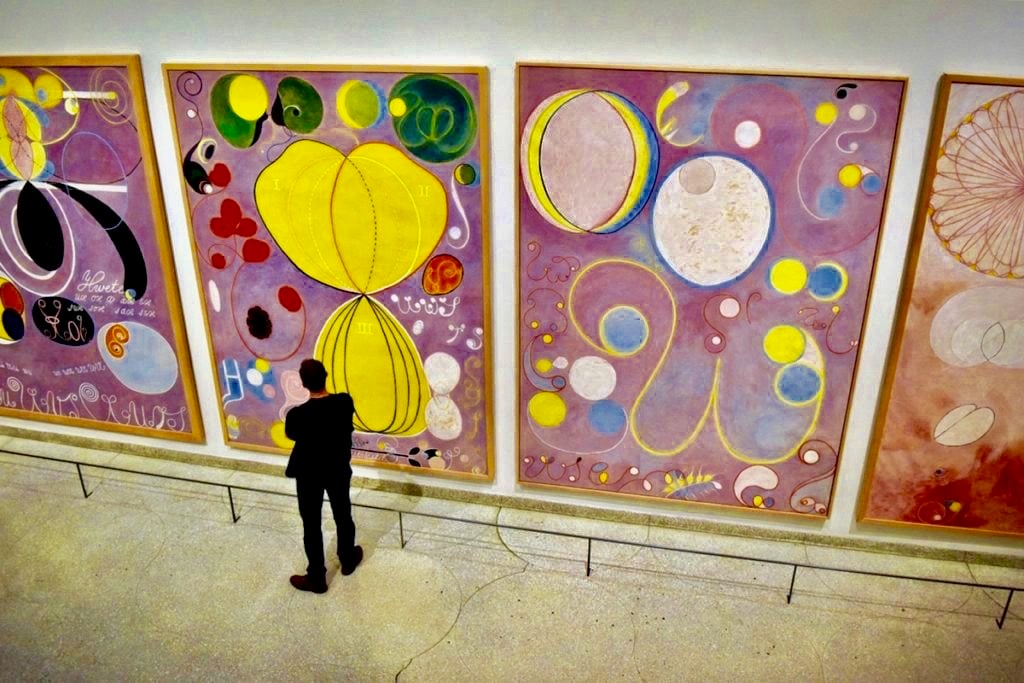
Installation view of Hilma af Klint's "The Ten Largest." Image courtesy Ben Davis.
I can’t help but agree with all the praise being heaped on the Guggenheim’s big Hilma af Klint show. It’s great, great, beyond great.
Assembled in a chronological progression up the museum’s spiral, the show feels like both a transmission from an unmapped other world and a perfectly logical correction to the history of Modern art—an alternate mode of abstraction from the dawn of the 20th century that looks as fresh as if it were painted yesterday.
It’s hard to quibble with the sheer level of painterly pleasure of af Klint’s sui generis style. So instead I’ll take a moment to focus on why this show feels so right for right now.
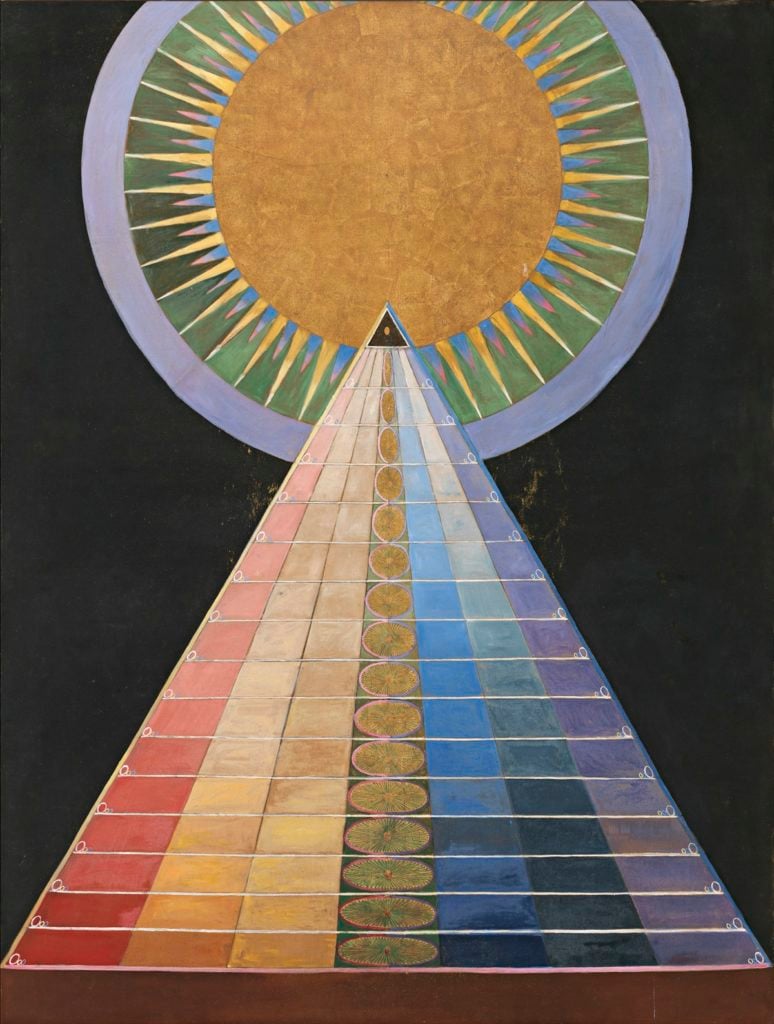
Hilma af Klint, Altarpieces: Group X, No. 1, Altarpiece (1915). © Stiftelsen Hilma af Klints Verk.
I can’t help but agree with all the praise being heaped on the Guggenheim’s big Hilma af Klint show. It’s great, great, beyond great.
Assembled in a chronological progression up the museum’s spiral, the show feels like both a transmission from an unmapped other world and a perfectly logical correction to the history of Modern art—an alternate mode of abstraction from the dawn of the 20th century that looks as fresh as if it were painted yesterday.
It’s hard to quibble with the sheer level of painterly pleasure of af Klint’s sui generis style. So instead I’ll take a moment to focus on why this show feels so right for right now.

Hilma af Klint, Altarpieces: Group X, No. 1, Altarpiece (1915). © Stiftelsen Hilma af Klints Verk.
A Style of Her Own
Part of that has to do with her status as a powerfully convincing and long-underappreciated voice. Now happens to be a very exciting moment in art history, with loads of new scholarship disrupting the old Paris-to-New York, Modern-to-contemporary throughline, reconsidering the stories of minorities and the colonized, “outsiders” of all kinds, and also of women.
Af Klint’s body of work really only began receiving attention in the 1980s and is only now getting the kind of widespread acclaim it really deserves—she doesn’t even feature as a footnote in the catalogue for MoMA’s “Inventing Abstraction” show, and that was just five years ago! She therefore fits comfortably within the rediscovery zeitgeist.
Born in Sweden in 1862 and descended from a distinguished clan of naval heroes and maritime cartographers, she trained formally as a painter at Stockholm’s official academy. The Guggenheim exhibition opens with a small sample of her landscapes and portraits, which show a deft, accomplished naturalism.
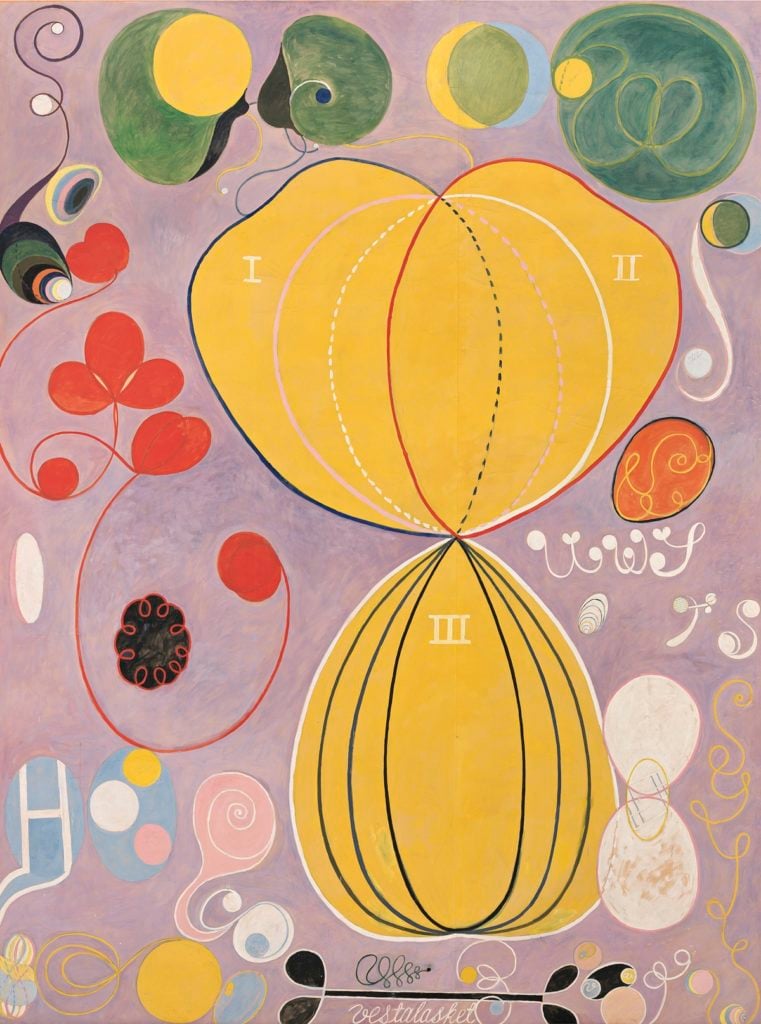
Hilma af Klint, Untitled Series: group IV, the Ten Largest, No. 7, Adulthood (1907). © Stiftelsen Hilma af Klints Verk.
But the works she turned to in her forties, like “The Ten Largest” (1907), are something else again. The suite of 10 wall-filling paintings represent an abstract symbolic depiction of the cycle of life: the first two represent childhood, followed by panels representing youth, adulthood, and old age. Full of wheeling abstract figures, they are nevertheless wonderfully balanced, both in their individual compositions and within the broader series.
They are also, to a contemporary eye at least, very feminine, in a way that stands as a pre-rebuttal of the machismo that later came to dominate abstract rhetoric as it rose to art historical preeminence. The works of “The Ten Largest” are not figurative, but the forms they channel—the blossoms, lacy garlands, and curlicues; the looping, cursive lines of cryptic text that surge across the surface; the palette of pinks and lavenders, peaches and baby blues—draw freshness, to a contemporary eye, from their symbolic associations with feminine iconography.
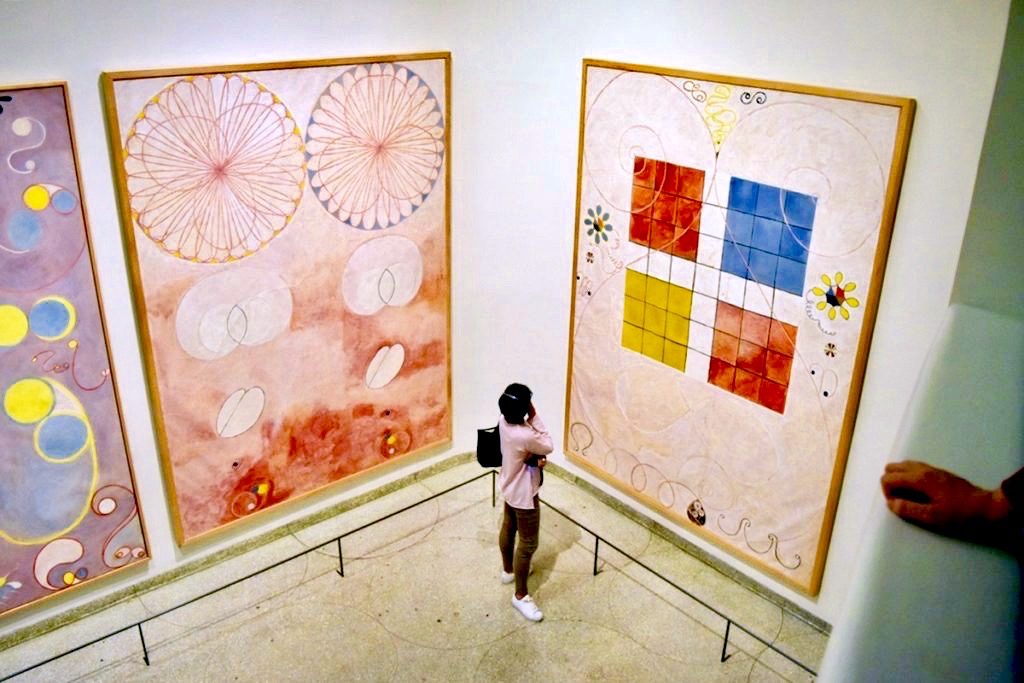
Installation view of “The Ten Biggest.” Image courtesy Ben Davis.
At the same time, all this is splashed at such a brazen scale that it also undoes period stereotypes of feminine modesty and decorum—though this unleashed expressive freedom was probably itself made possible by the fact that af Klint hardly ever showed these works publicly.
Channeling Abstraction
So there’s that: Hilma af Klint’s example shows the symbolic power that a woman artist could draw both in spite of and because of the constraints put on her by her time period and her culture, making her a convincing heroine for today. But there is another aspect of Hilma af Klint that makes her oeuvre enter into harmonic relation with the present.
That is her occultism.
Af Klint’s interior life, I gather, remains a bit of an enigma, glimpsed through hints and fragments in her journals. What is definitely known is that she had begun attending séances as a teenager, using them as a way to contact her younger sister, who had died young. Af Klint’s turn to abstraction grew from experiments with contacting the dead, particularly as part of a group of women who christened themselves the Five, going into trance states or channeling with a machine called a psychograph.
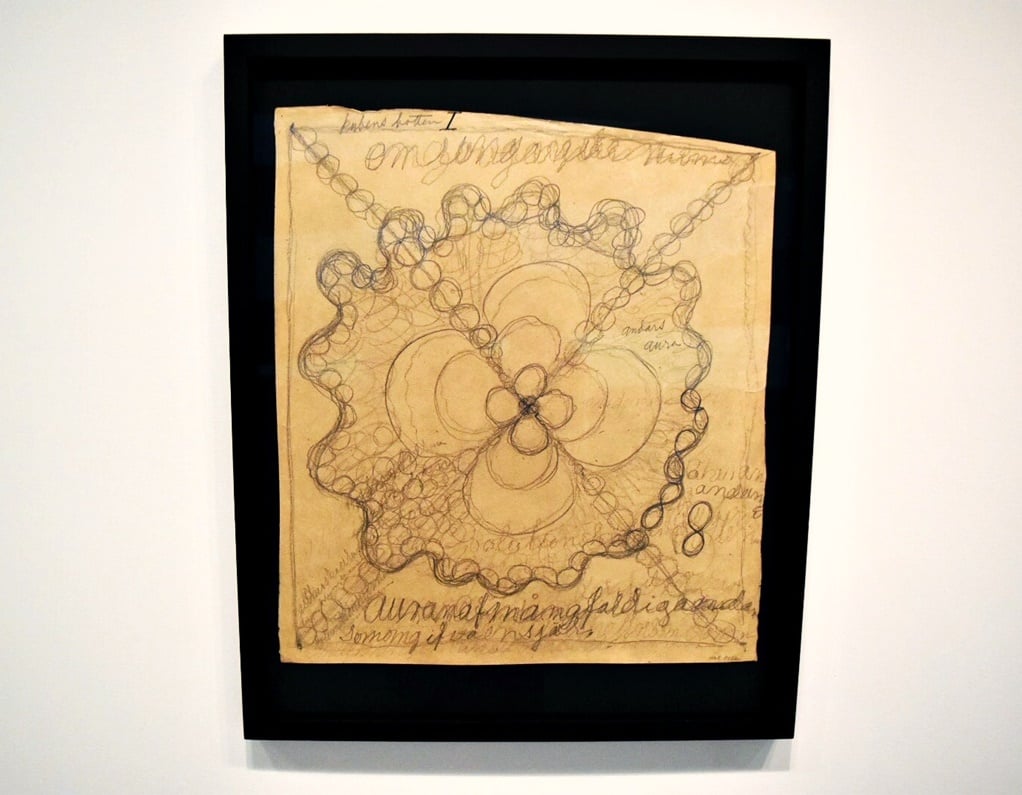
Example of automatic drawing created by The Five. Image courtesy Ben Davis.
The spirals, percolating patterns, and scrawled text fragments of the Five’s automatic pencil drawings appear like the primal chaos out of which the bold abstraction of “The Ten Largest” emerged.
The Five believed they had been contacted by the “High Masters,” spirits called Amaliel, Ananda, Clemens, Esther, Georg, and Gregor. One of these would give af Klint the mission that would become “The Paintings for the Temple,” the multi-part cycle that occupies most of the Guggenheim show. “Amaliel offered me a commission and I immediately replied: yes,” she wrote. “This became the great commission, which I carried out in my life.”
Occult Modernism
Though unique and all her own, af Klint’s spiritualist passions were fertilized in the larger developments in European fin de siècle culture. Early on, the Swedish artist found a home as a Theosophist, shortly after that movement opened a lodge in Stockholm.
Founded in 1875 by Helena Blavatsky (1831-1891), a Russian émigré to the United States, Theosophy was a New Age philosophy avant la lettre. It combined three pillars: advocacy of a universal brotherhood of man; interest in non-Western philosophy and religion as a source of renewing wisdom; and a belief in communing with ghosts. The last, according to Blavatsky, was the least important—but very clearly appealed to the spiritualistically inclined af Klint.
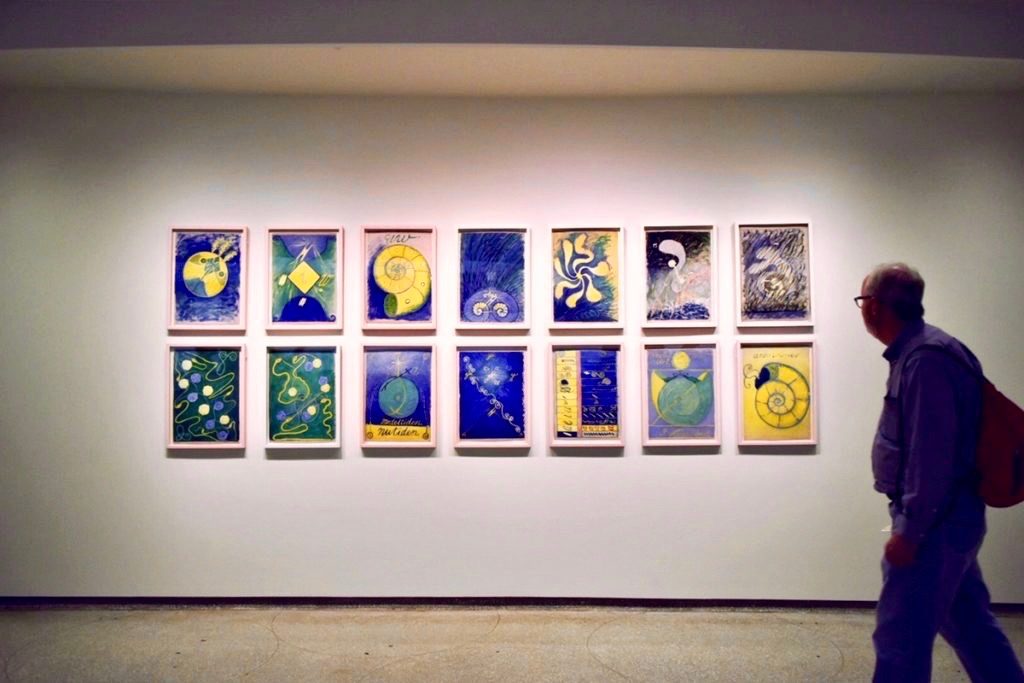
Hilma af Klint’s “Primordial Chaos” series. Image courtesy Ben Davis.
This improbable synthesis captured the hearts of Americans and Europeans disoriented by the 19th century’s concussive changes, in a time when science was crowding religion, and electric light, the telegraph, the phonograph, and other world-changing developments were altering the textures of life, making the once-miraculous seem abruptly possible.
In rapidly evolving Sweden, Lars Magnus Ericsson would found his telephone company in 1876; less than 10 years later the Scandanavian nation had the world’s most complex network and Stockholm had the most telephones in the world. In that febrile moment, no wonder people believed that it might also be possible to rig a system to listen to voices from beyond!
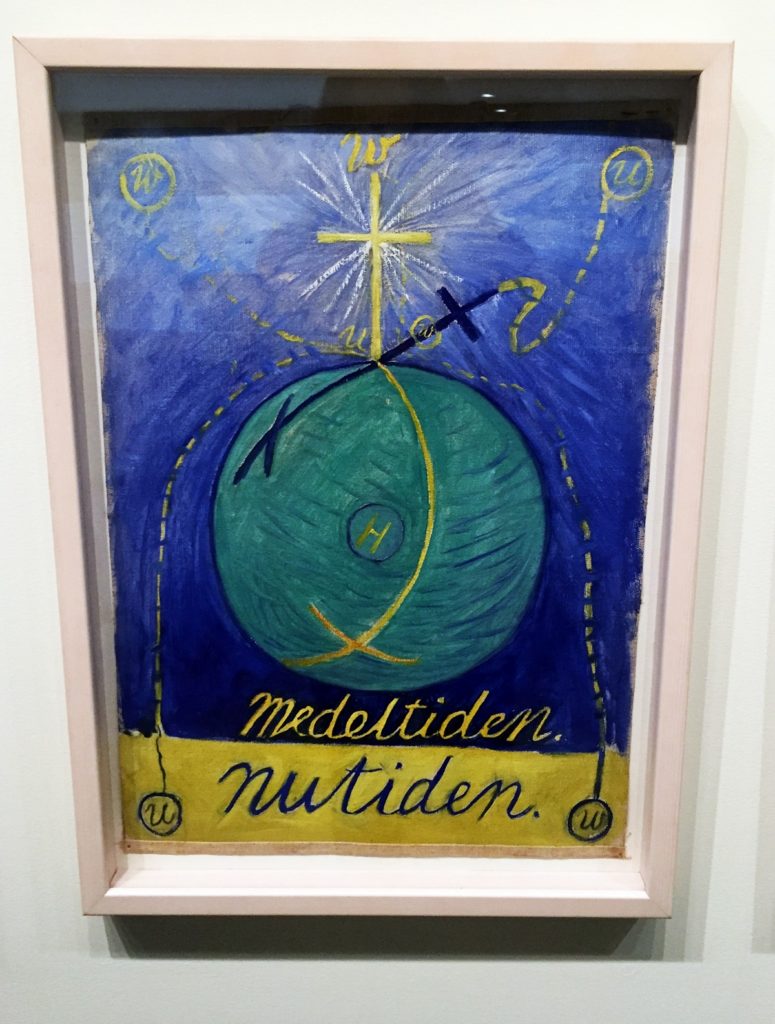
Hilma af Klint, The WU/Rose Series: Group I, Primordial Choas, No. 12 (1906-07). Image courtesy Ben Davis.
(Af Klint had good company in Theosophy among Europe’s Modernist big guns. Wassily Kandinsky, for one, also counted Theosophy as an inspiration, citing Blavatsky in Concerning the Spiritual in Art, the pamphlet he wrote that provided the basis for his “non-objective art.”)
Among other things, the Theosophist craze fed on interest in older secret societies that had shadowed the Enlightenment, especially the legend of the Rosicrucians, supposedly a secret order promising spiritual knowledge to reform mankind, involving both study of ancient mystic traditions and a belief in alchemy.
The esoteric philosopher Rudolf Steiner (1861-1925), who passed through Theosophy before founding his own doctrine of Anthroposophy, reclaimed the ideas of Rosicrucianism as a “spiritual science,” capable of returning a sense of the purpose of humanity to a world grown disenchantingly materialist. Steiner in particular was a huge influence on af Klint—in fact, he was the only person she sought out to show her paintings to (though when she finally convinced him to see them, in 1909, he was shatteringly underwhelmed).
Signs of All Times
All of these interests are key to understanding Hilma af Klint’s aesthetic. For instance, in 1920, she made a series of small works that begins with a single circle, half black and half white, called “Starting Picture”—the world as a balanced duality, physical and material, dark and light.
Subsequent entries in the series offer similar circles, differently divided up between black and white: one divided into four alternating slices; one with black crescents framing a white center; etc. The titles suggest they are supposed to represent different graphs of the great spiritual traditions: “The Current Standpoint of the Mahatmas,” “The Jewish Standpoint at the Birth of Jesus,” “Buddha’s Standpoint in Worldly Life,” and so on.
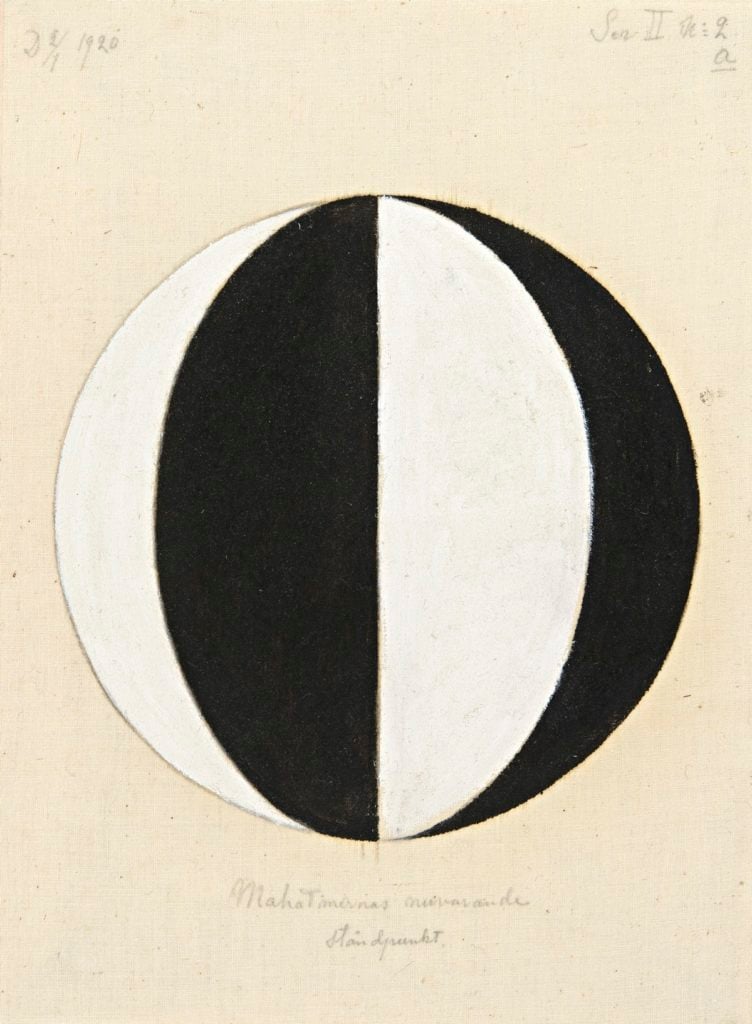
Hilma af Klint, Series II, Number 2a: The Current Standpoint of the Mahatmas (1920) © Stiftelsen Hilma af Klints Verk.
What specifically this means, I have difficulty grasping. But the idea quite clearly emerges out of the syncretic foment of the greater intellectual milieu—that all world religions are permutations of one spiritual background pattern that is revealing itself.
Theosophy was obsessed with esoteric symbols—its seal famously mashed together the swastika and the ankh as well as the ouroboros and a hexagram formed of interlinked white and black triangles. The latter recurs frequently in af Klint’s paintings.
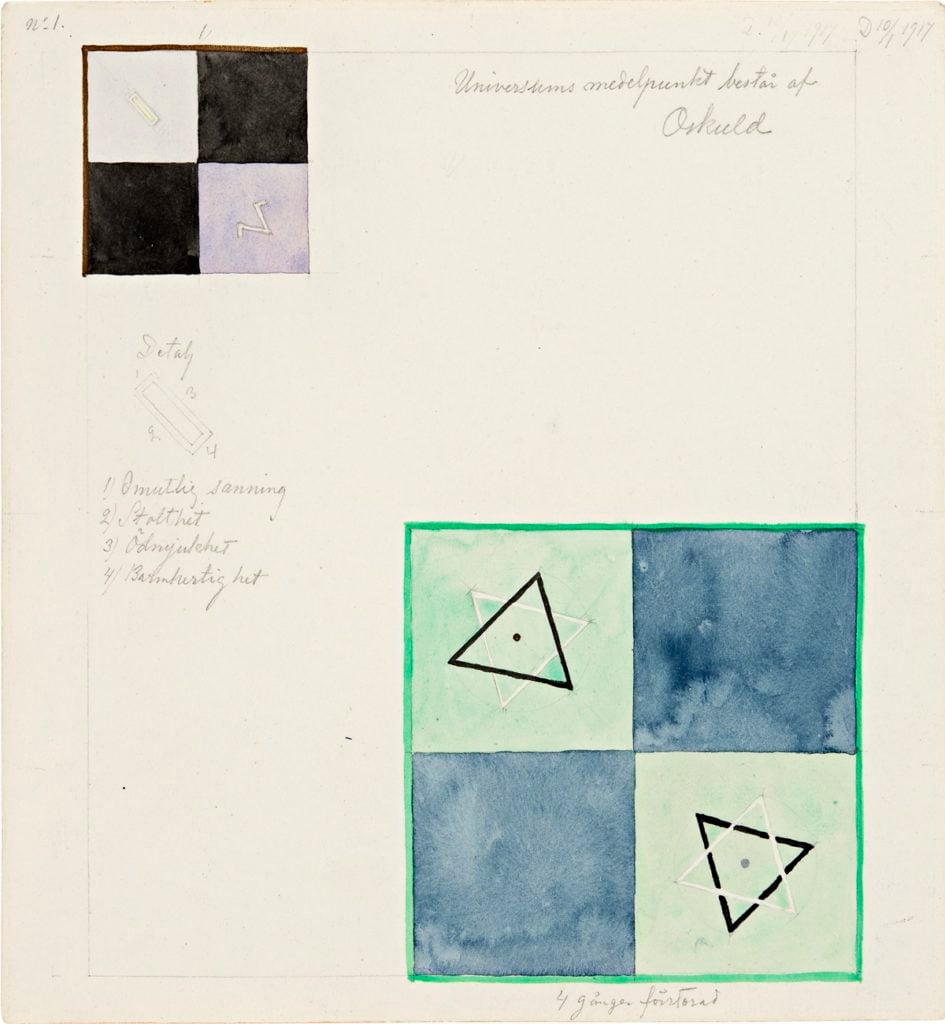
Hilma af Klint, The Atom Series: No. 1 (Nr 1) (1917). Photo by Albin Dahlström, the Moderna Museet, Stockholm. Courtesy of the Hilma af Klint Foundation and the Guggenheim Museum. Note the black-white hexagrams at bottom right.
So do astrological symbols, another major interest thrown into the era’s great melting pot of occult interests. You see them arrayed around the borders of paintings in her “The Dove” series.
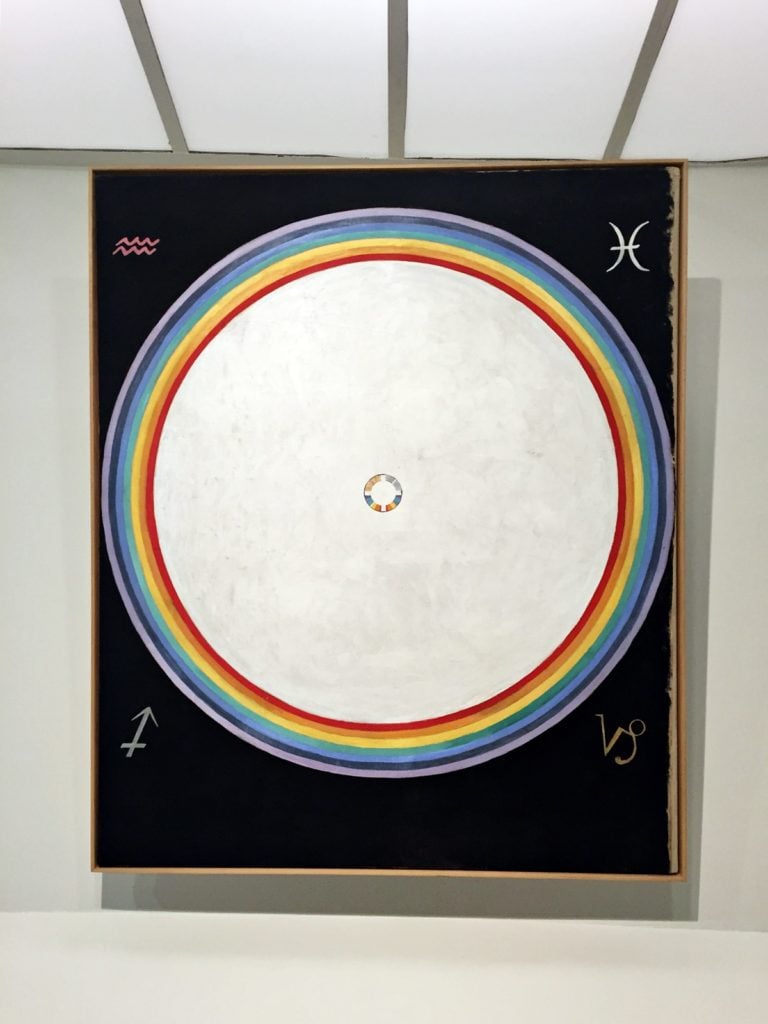
Hilma af Klint, The SUW/UW Series: Group IX/UW, The Dove, No. 14 (1915). Clockwise from top left, the symbols are for Aquarius, Pisces, Capricorn, and Sagittarius. Image courtesy Ben Davis.
Af Klint’s gorgeous series “The Swan” is among the least abstract of her great cycle of works, which generally have the feeling of diagrams being permutated. “The Swan” centers on the image of the titular bird, but mirrored and repeated, transforming it into a hieratic emblem. (In Blavatsky’s 1890 essay “The Last Song of the Swan,” she had described the symbol of the swan as being particularly important, representing “the tail-end of every important cycle in human history”; in alchemy, it stands for the union of opposites.)
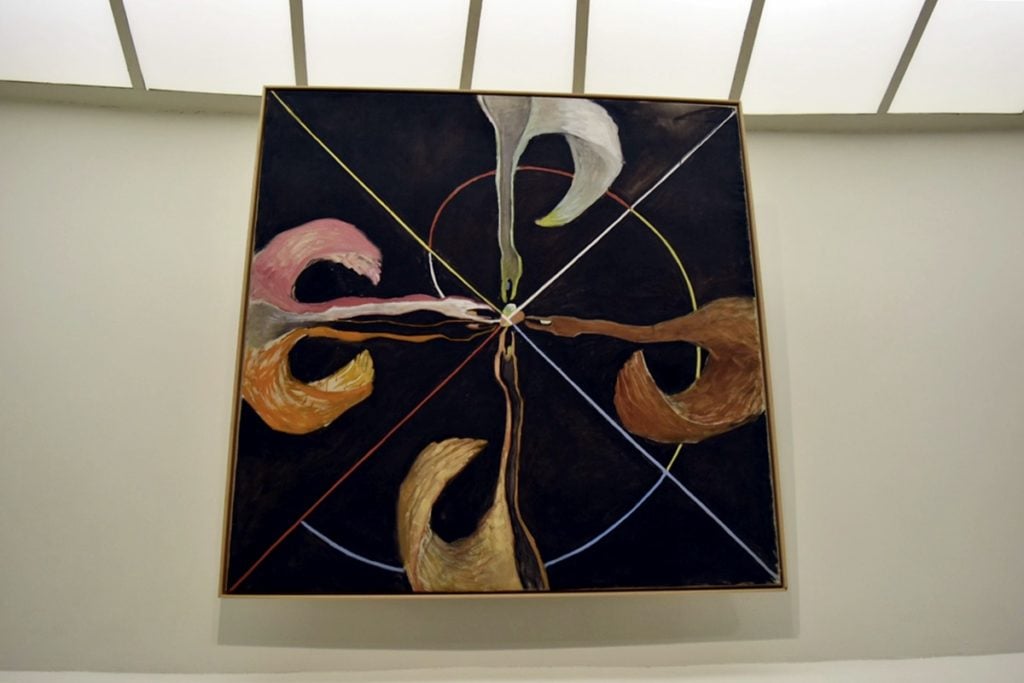
Hilma af Klint, The SUW/UW Series: Group IX/SUW, The Swan, No. 7 (1915). Note the heart pieced by a cross at the center, a Rosicrucian symbol. Image courtesy Ben Davis.
Painterly Alchemy
While today af Klint’s paintings strike us as forcefully individual, they were certainly first appreciated as icons of mysticism. She had but one real public showing of her work, at a meeting of the 1928 World Conference of Spiritual Science and Its Practical Applications in London, where a program noted that the Swedish painter considered her works to be “studies of Rosicrucian symbolism.” (It is not known which of her paintings were shown.)
As a font for artistic inspiration, the spiritualist and esoteric domain was certainly fertile. Crack open the 1785 compendium Secret Symbols of the Rosicrucians, a classic of European occult literature, and its plates appear as a treasure trove of figures that predict af Klint’s graphic interests: hexagrams and sigils, sunbursts and spirals, mirrored animals and abstract figures diagramming the unfolding of the divine light.
Compare the graphics in Secret Symbols’s illustration of “The Tree of Good and Evil Knowledge” to a work from Hilma af Klint’s own “Tree of Knowledge” series, which offers gnomic variations on the same theme. You can definitely see both the inspiration, even as you see how much more rarified af Klint’s version is.

Left: Hilma af Klint, Serie W, Nr 5. Kunskapens träd (1915). © Stiftelsen Hilma af Klints Verk. Right: Plate from Secret Symbols of the Rosicrucianians of the 16th and 17th Centuries (1785).
Even Hilma af Klint’s mandate that her work be kept secret for decades after her death until the world was spiritually ready for it is a spin on the myths of Rosicrucianism, which introduced itself in its manifestos as a secret order that had stayed hidden until the world was ready for its spiritual reform.
Unless you are a believer in otherworldly visitation yourself, you would probably expect that the cosmic voice within would actually, when decoded, boil down to ideas imprinted from the ambient social environment. This demystifies, but in no way undoes, the magic of Hilma af Klint’s art.
Message to the Future
So: What to do with Hilma af Klint’s art? Can we separate out those aspects that make it prophetic of Modern art from those aspects linked to an actual mystical-prophetic belief system?
The impulse is understandable: The former puts this vibrant artist in the company of the most revered artistic figures of the century to come; the latter emphasizes elements that connect her more to “kitsch” spiritual aesthetics, fortune tellers and crystal healers and chart readings and all of that.
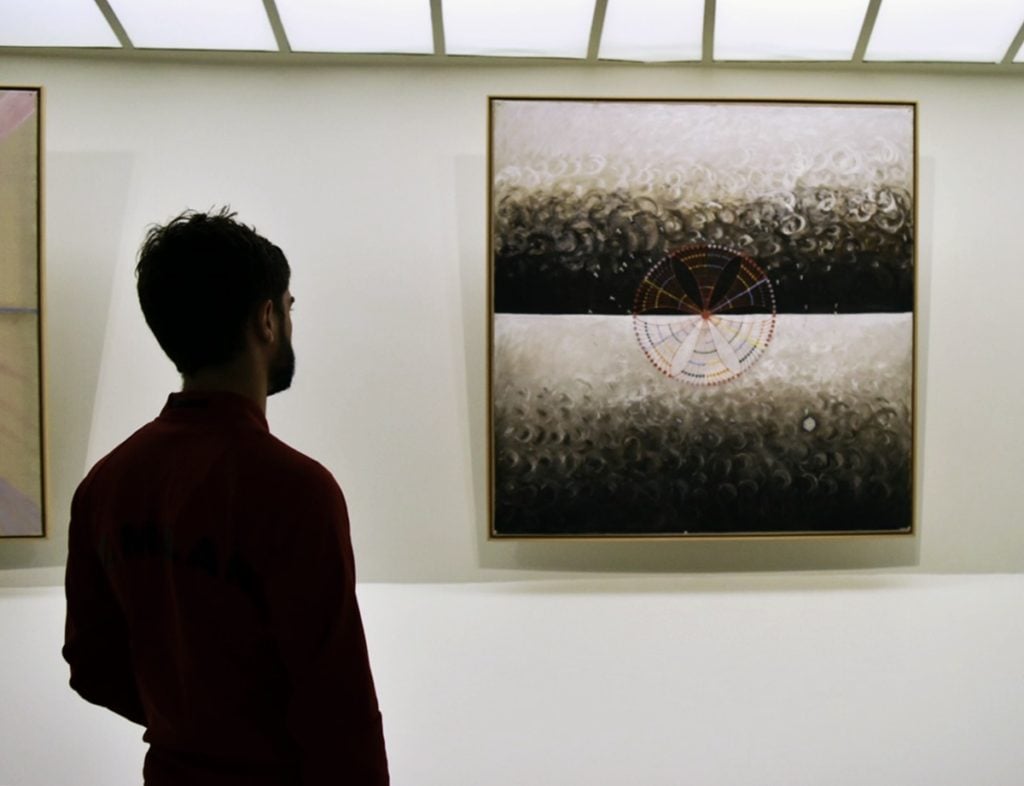
Installation view of Hilma af Klint at the Guggenheim. Image courtesy Ben Davis.
“Taking af Klint seriously as an artist, in my view, actually requires us to take some critical distance from the mysticism that might have enabled her to make such innovative work,” art historian Briony Fer argues in the catalogue. I think it undeniable that the sense that af Klint’s “Paintings for the Temple” are straining to connect the dots of an invisible order is part of their allure. Even so, I do get that a more formalist reading, focusing on her as an inventive individual, seems the most promising way to make the case for her in the present.
My argument, though, is that all that occult stuff is what makes her particularly interesting in the present—probably more interesting than modernists who were outwardly more individualistic and purely formal.
We live today in a time of almost universal domination by the mercenary values of profit, immersed in the cheerful ideology of high-tech disruption and economic creative destruction. We also happen to live in a time of unleashed irrationalism and improbable conspiracy theories of all kinds, welling up everywhere.
So it’s very instructive to be reminded that all that proto-New Age, occult symbolism that af Klint drew upon did not simply represent a lapse back into pre-Enlightenment superstition. In fact, for thousands upon thousands of people (including many artists), this was the specific form that modernity took.
And it was also not, by and large, the form it took for the poor or unlettered. Theosophy and its kindred philosophies, with their grandiose spiritual pseudo-science and their remixing of the world’s myths and religions into a master code, appealed, on a profound intuitive level, to people who believed in the authority of scientific knowledge, but still felt that the emergent modern world left a hole to be filled in terms of purpose or meaning.
This included relatively well-off and intelligent people like Hilma af Klint, who had time for study and travel, and resources to embark on a personal artistic-spiritual journey.
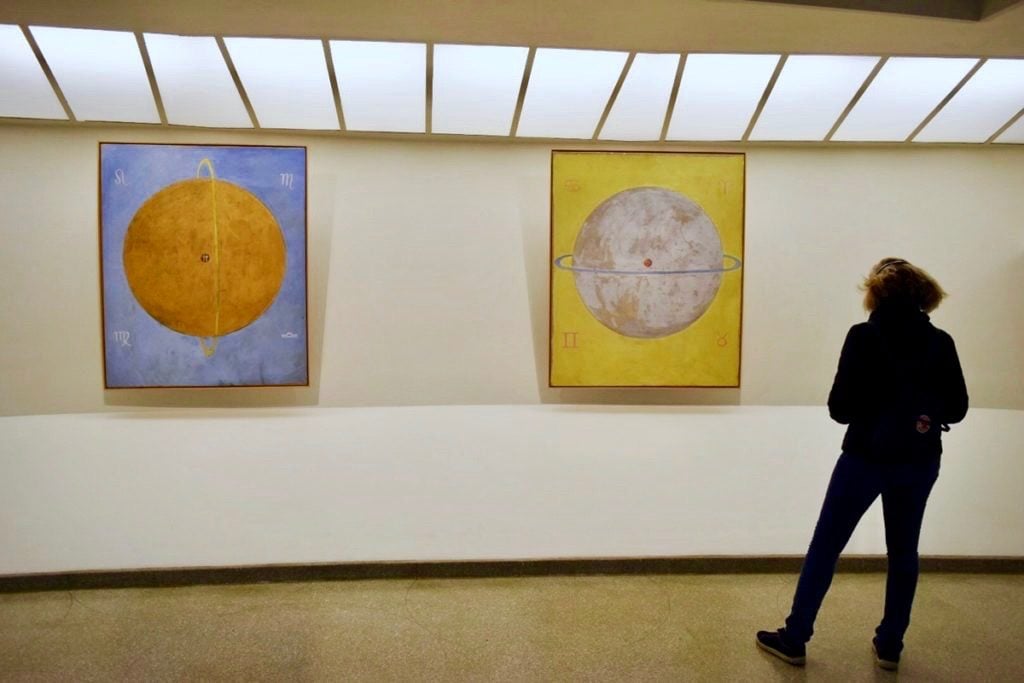
Installation view of Hilma af Klint’s “The Dove” paintings. Image courtesy Ben Davis.
Her beliefs are out there—but on the whole pretty benign and of course self-contained. I’m not trying to compare af Klint to the more disreputable type of present-day conspiracists or toxic myth-makers.
I’m more trying to say that the example of her work’s allusive magnetism can help us see one function that obsessions with secret signs and improbably all-connecting codes serve, one that makes them harder to dislodge than if you simply believe they are logic errors. And that is that they can be beautiful. They return a sense of mystery and order to a world that seems dispiriting and beyond control.
Hilma af Klint wanted her art hidden from the world until society was ready for it. What exactly that would have meant to her remains elusive. And nevertheless, she has surfaced right on time.
“Hilma af Klint: Paintings for the Future” is on view at the Guggenheim, through April 23, 2019.
Ben Davis
National Art Critic
Related Articles
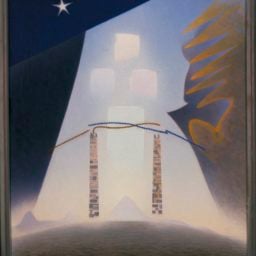
Agnes Pelton Went to the Desert in Search of Solace. Her Paintings at the Whitney Show She Found Something Magical There
